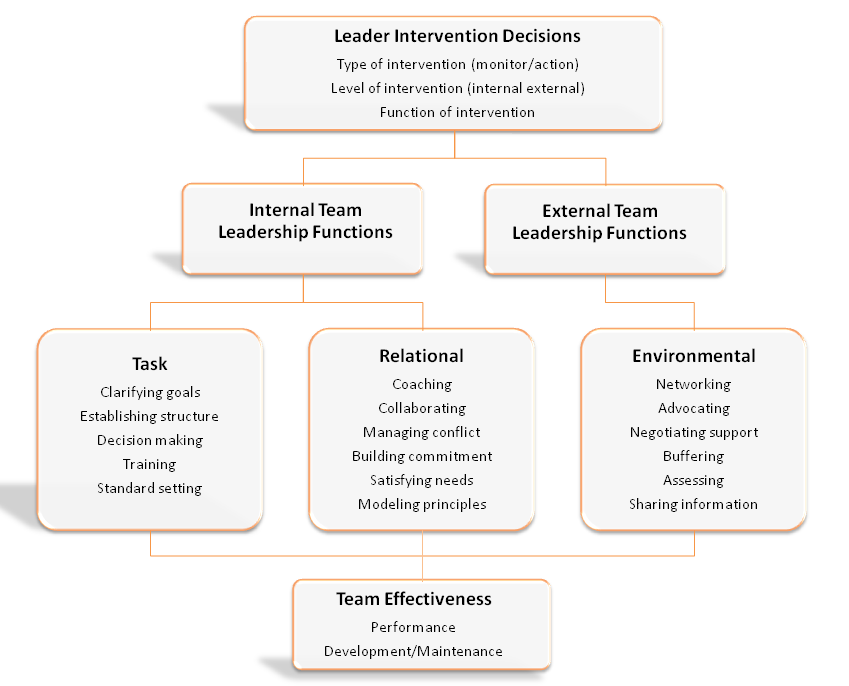The main job of a leader is to have a long-term vision for the organization’s prosperity and effectively communicate it to the staff so that they are inspired enough to bring this vision to life. The company tends to imitate the mentality and attitude of its leader. Therefore, the leader needs to remain composed, resilient, flexible, hard-working, company-oriented, and motivated. The aim of this leadership blog is to addresses the implications of leading within a culturally diverse and changing global business environment.
Leading within a Changing Global Business Environment
Leaders play a crucial role in shaping the company and its employees. Establishing a new organization in a foreign country is always a big step that requires many adjustments in the after-process. The central aspect to consider when employing staff is cultural diversity. Each company has certain policies that need to be established in the beginning, like employees’ wages and policies concerning specific workplace behaviors. These policies need to be communicated to every employee, and it needs to be confirmed that they do not cross or contradict the personal beliefs and views of the employee. This process includes open communication that must come from the leader, be open and two-way with employees.
Team Leadership Model
One of the crucial skills a good leader must possess is problem-solving. Susan Kogler Hill created a model called Hill’s Model of Leadership, which visualizes team leadership. This model allows a leader to ensure team effectiveness based on their analysis of the team’s work (Tina, 2018). According to that model when an issue arises, the leader must first identify whether the situation requires an action or simple monitoring will suffice. In case it requires action, the next step is to determine whether the problem is internal or external. An external issue implies that a measure for better networking should be taken. The leader needs to represent the company on the outside and influence their image in the market. Internal problems happen within the organization and require certain readjustments. First of all, the issue may occur in two fields: in relationships or work performance. The work performance-related situation may be handled by re-establishing goals, training the staff, focusing on the issue, and restructuring specific roles as necessary. Internal relationship-related conflicts require a different approach. The leader should integrate more collaboration into the team to create a better bond and increase co-operation. Below is a visual representation of Hill’s model of leadership (Clark, 2015):

Positive Aspects of Gender, Diversity, Culture, and Teamwork that Can Improve Overall Business Performance
In global business, cultural diversity is a huge advantage to a company. The more the company can relate to its clients, the easier their needs will be met, which will eventually result in higher performance. Therefore, the more diverse the staff is, the bigger the audience that a company can reach and market the product to (Emma, 2019). Moreover, a diverse team creates a big range of experiences, perspectives, and ideas, which results in many innovative initiatives that benefit the company. Another reason to hire people of different cultures, genders, and ethnicities is that it produces inclusivity. It will make employees feel equal, which, in return, will make collaborative processes much more comfortable. Thus, hiring people from various backgrounds, cultures, and genders generates more ideas and perspectives on the team.
Motivational Leadership Within a Variety of Diverse Cultures
Generally, most people are motivated when they are given enough personal attention. The same concept works for employees in the workplace; they need to feel needed and appreciated. It is the leader’s job to assign specific responsibilities according to the individual’s abilities and talents, which would not only make the worker feel needed and valued but would also enhance the performance of that employee. Again, communication is crucial when it comes to leadership. A possible solution for finding the best approach to the staff would be to hold anonymous or non-anonymous surveys among the workers to figure out and respond to their needs. This way cultural diversity will be a benefit because everybody’s needs are met and everybody works collaboratively for common success.
A leader is an enthusiastic person who is not afraid of responsibilities and cares for others. For a company to be successful, the leader must have a vision for future goals and foresee the possible issues as well as their solutions. Open communication and collaboration also need to be established and encouraged by the leader, as it is crucial to the overall results of an organization. Leadership also implies being able to adapt to economic and business changes and readjust the system to support the favorable balance of the company. Acceptance, hard work, and collaboration are the critical qualities of a successful organization with strong leadership.
References
Clark, D. (2015). Team leadership model [Image]. Web.
Emma, L. (2019). The positive influence of cultural diversity in organizational behavior. Chron.com. Web.
Tina. (2018). The Hill model for team leadership. [web log]. Web.